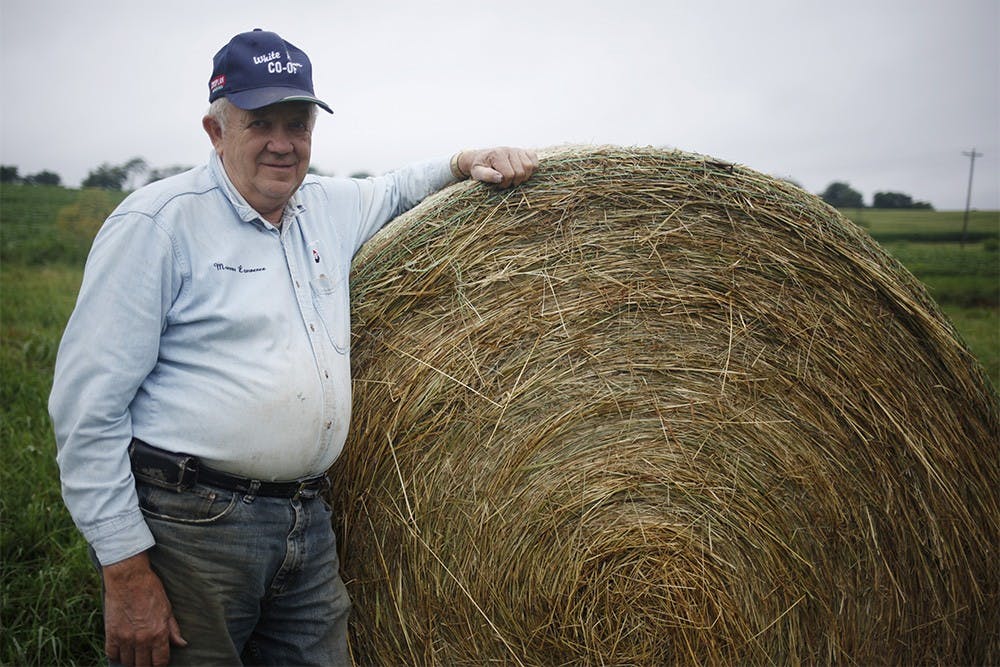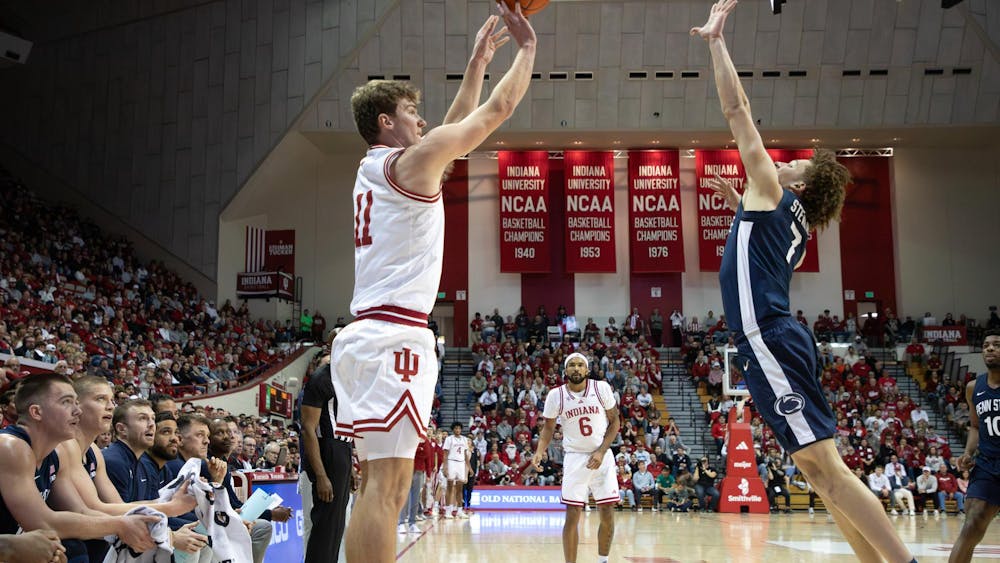“Obviously, Indiana has had a lot of rain, with record rainfall in June,” Chris Hurt, an agricultural economist with Purdue University, said. “In many areas that was just too much for the crops.”
Hurt said the rain has caused flooding and ponding, meaning crops are totally submerged under water.
As of July 7, 7 percent of the corn crops in Indiana were considered very poor, and 14 percent of the crops were considered poor by the U.S. Department of Agriculture’s Crop Progress Report.
For soybean farmers, 6 percent of this year’s crop were rated very poor, and 15 percent were rated poor.
Hurt said many farmers will have to rely on farmers insurance because of this year’s crops. However, he noted this insurance will not replace the income lost in the floods.
“Crop insurance is different than our homeowners insurance,” he explained. “It’s not meant to replace the lost, it’s meant to avoid catastrophic losses and to help avoid the really huge losses that could come from severe weather.”
On the positive side, Hurt said, prices nationally have increased by 10 percent, so what Indiana farmers do manage to produce will at least be worth more on the national market.
Not all Indiana farms were drastically affected by the rainfall. Forty-seven percent of both the corn and soybean crops in the state were classified as good or excellent.
The two areas that experienced the most flooding stretched from Vincennes, Indiana, to Louisville, Kentucky, and from just south of Chicago to just south of Fort Wayne.
“Normally in Bloomington you’ll get about one inch per week in the summer,” Hurt said. “Lately we’ve been seeing five or six inches in just one rain event.”
Not only does the excess water make it hard for plants to get sunlight, it also prevents farmers from getting enough nitrogen into the soil and from spraying enough weed killers to protect their plants.
Hurt predicts, because only 20 cents of each dollar spent on food goes back to farmers, the average person won’t notice the economic effects of the crop loss.
“As of now, it will probably add no more than a tenth of one percent to our total food cost,” Hurt said, noting that increase will likely be seen in cereals and bakery products. “If it doesn’t quit raining for the next eight weeks, however, we’re going to have a ?problem.”
Though the forecast is not especially dry for Indiana in the coming weeks, Hurt said it does look a bit better.
“Bloomington will return to normal precipitation coming up soon,” he said. “Indiana as a whole will stay somewhat above normal precipitation. It’s still more rain than normal, but not the triple or quadruple amounts of excess precipitation that we’ve been seeing.”






